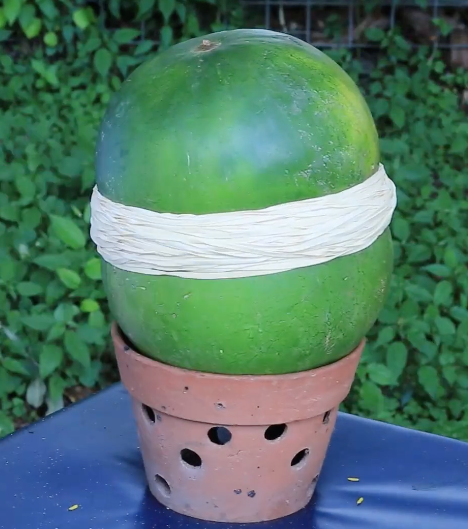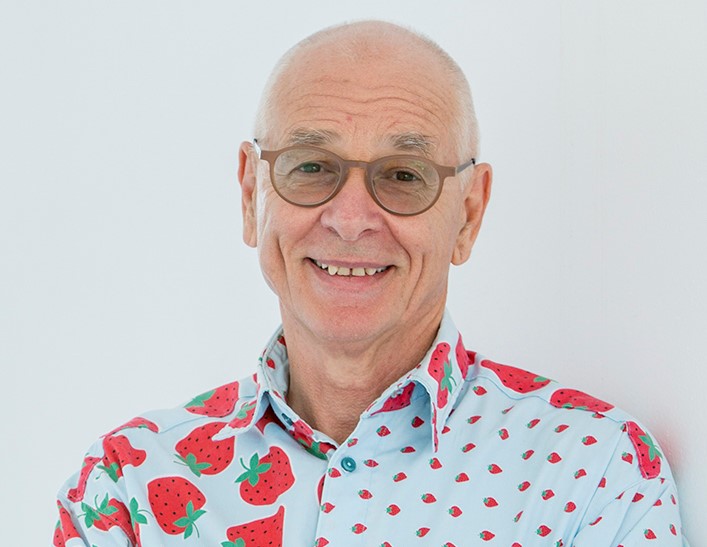The Big Watermelon Experiment 2:
More melons, more data (and more mess).
Have you ever wondered how many rubber bands it takes to implode a watermelon?
Dr Rob certainly has, and he’s destroyed many melons seeking the answer.
In 2020, over 300 schools took part in one giant (and somewhat messy) science experiment.
In 2021, we’re going into homes and schools around the world, all in the quest for more melons and better data (plus it is a lot of fun to do).
How do I take part?
Register your interest using the form below.
This will mean you get any updates from us and don’t miss out on any watermelon madness.
How does it work?
A link to the full instructions will be sent out to all registered participants. These include mini-lessons (videos and fact-sheets) with Dr Rob introducing everyone to the experiment, such as:
- The practicalities of setting it all up (what you need);
- Science by collaboration;
- Balanced (and unbalanced) forces at work;
- How on earth it fits into the real world.
Timing
Ideally everyone does the experiment around the Australian Science Week (mid-August), but with lock downs and restrictions, it is fine to postpone too and run your own timetable.
Results
Results for 2021 can be uploaded via this Google form. If you have data for many melons you can also send that directly to Dr Rob on a spreadsheet (a template will be sent to all participants).
The results from 2020 Big Experiment can be found here!
Register now
Register your school (or homeschool), to get all the updates and links for the Big Experiment 2021. We recommend planning on doing 1 watermelon per class or year group. Ideally sign up once per school, but more is ok too.


Is this really science?
Yes indeed. It is one big experiment. Each school is essentially doing one (or more) trials in the experiment to gather as much data as possible.
There will be predictions, plans, dependent and independent variables, measurements, even a little mathematics.
It is a great example of collaborative science, something that happens the world over (usually for more scientifically important reasons).
All the data that is collected will be available to participating schools should they wish to analyse it and search for trends (or just see how their melon compared).
Is all this free?
Yes. All the mini-lessons (video and pdfs) will be made available to participating schools so they can go on the journey to watermelon armageddon together. The only expenses are materials (watermelon and rubber bands).
Pros
- Fun engaging and (yes) educational event to run during National Science Week
- Great to do with a whole class or year level
- Free lessons provided (they won’t feel like lessons)
- Suitable for Primary or Secondary students
- Great opportunities for the school to run some science social media and engage their community
- It is easy to organise and minimal effort/materials required to take part
- Kids will love it (as will the teachers)
- Free watermelon leftovers for everyone!
Cons
- Hmmm can’t think of one…
Dr Karl returns as Experiment Patron
Dr Karl graciously agreed to lend his support and enthusiasm to the mass imploding of watermelons.
Hooray for Dr K.

Melons Australia and melon growing science
Melons Australia provided some of the resources and even a farmer to help explain even more about the melons.

Data demon to help wrangle the numbers
Dr David Butler from The University of Adelaide will help find some order in the chaos as he analyses the results of the carnage.

The Big Watermelon Experiment 2 is being run by Dr Rob and Experimentary, because we love science (you’re welcome).
